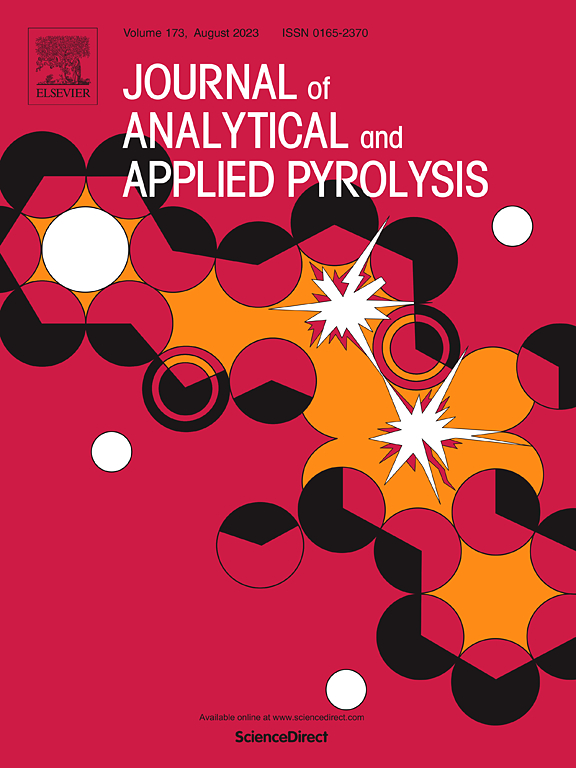新型催化裂化反应器中气固两相流动和反应的模拟分析
IF 6.2
2区 化学
Q1 CHEMISTRY, ANALYTICAL
引用次数: 0
摘要
为评估新型催化裂化反应器在残渣制化学品(RTC)过程中的性能,开发了气固两相流反应模型。采用耦合 TFM、EMMS 拖动和 12 块动力学模型模拟流动反应过程。反应器出口处的反应温度和产品产量与实际工业 RTC 反应器的测试结果非常吻合,表明了耦合模型的可靠性和有效性。催化剂颗粒在反应器中形成了内循环结构,提高了瞬时催化剂与油的比率。反应器在较高的反应温度下表现出较低的轴向和径向温度梯度,加快了催化裂化速率,提高了高价值产品的选择性。对催化剂与油的比例、催化剂入口温度和原料质量流量对流动反应过程的影响进行了优化。结果表明,催化剂与油的比例和催化剂入口温度都会影响催化剂的总体速度分布。在极限范围内,提高催化剂与油的比例可提高原料转化率、汽油、液化石油气、干气和焦炭产量,但降低柴油产量。相反,提高原料质量流量则呈现出相反的趋势。在不同的入口催化剂温度下,观察到了不同的产品产量趋势,在 973.15 K 时产品分布最佳。本文章由计算机程序翻译,如有差异,请以英文原文为准。
Simulation analysis of gas-solid two-phase flow and reaction in a novel catalytic cracking reactor
A gas-solid two-phase flow reaction model was developed to evaluate the performance of a novel catalytic cracking reactor in the residue-to-chemicals (RTC) process. Coupled TFM, EMMS drag, and 12-lump kinetic models were employed to simulate the flow reaction process. The reaction temperature and product yields at the reactor exit aligned well with real industrial RTC reactor test results, indicating the reliability and effectiveness of the coupling model. Catalyst particles formed an internal circulation structure in the reactor, increasing the instantaneous catalyst-to-oil ratio. The reactor exhibited low axial and radial temperature gradients with higher reaction temperatures, accelerating the catalytic cracking rate and enhancing the selectivity for high-value products. The effects of the catalyst-to-oil ratio, catalyst inlet temperature, and feedstock mass flow rate on the flow reaction process were optimized. Results showed that both the catalyst-to-oil ratio and catalyst inlet temperature influenced the overall catalyst velocity distribution. Within the limit range, increasing the catalyst-to-oil ratio increased feedstock conversion, gasoline, LPG, dry gas, and coke yields, but decreased diesel yield. Conversely, increasing the feedstock mass flow rate showed opposite trends. Different trends in product yields were observed with varying inlet catalyst temperatures, with optimal product distribution at 973.15 K.
求助全文
通过发布文献求助,成功后即可免费获取论文全文。
去求助
来源期刊
CiteScore
9.10
自引率
11.70%
发文量
340
审稿时长
44 days
期刊介绍:
The Journal of Analytical and Applied Pyrolysis (JAAP) is devoted to the publication of papers dealing with innovative applications of pyrolysis processes, the characterization of products related to pyrolysis reactions, and investigations of reaction mechanism. To be considered by JAAP, a manuscript should present significant progress in these topics. The novelty must be satisfactorily argued in the cover letter. A manuscript with a cover letter to the editor not addressing the novelty is likely to be rejected without review.

 求助内容:
求助内容: 应助结果提醒方式:
应助结果提醒方式:


